Refractive Error
OVERVIEW
-
Types:Nearsightedness (myopia), farsightedness (hyperopia), astigmatism, presbyopia
-
Most Common Symptom:Blurred vision
-
Diagnosis:Eye exam
-
Treatment:Eyeglasses, contact lenses, surgery
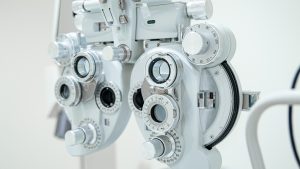
CAUSES
- Eyeball length (when the eyeball grows too long or too short)
- Problems with the shape of the cornea (the clear outer layer of the eye)
- Aging of the lens (an inner part of the eye that is normally clear and helps the eye focus)
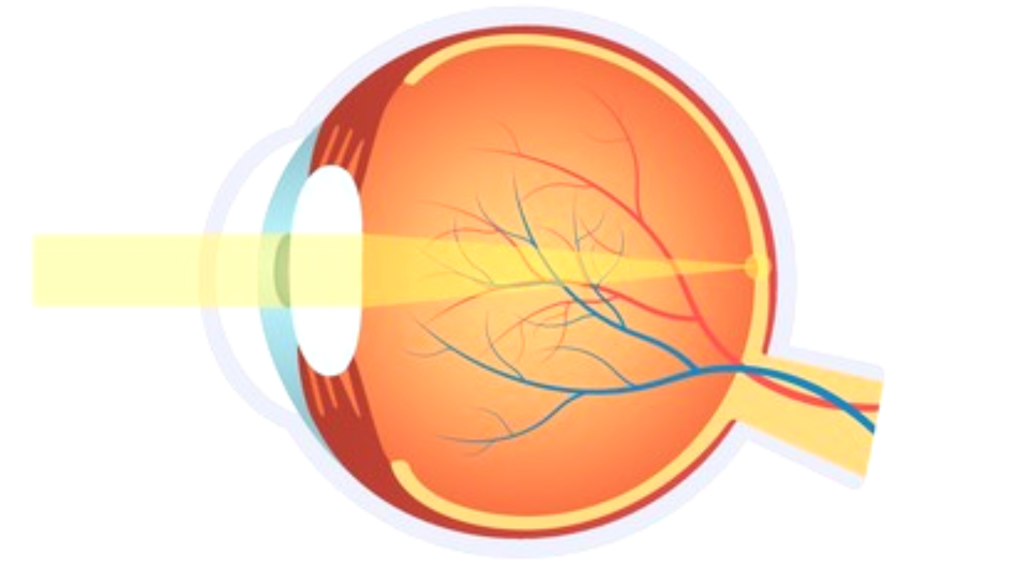
SYMPTOMS
- Double vision
- Hazy vision
- Seeing a glare or halo around bright lights
- Squinting
- Headaches
- Eye strain (when your eyes feel tired or sore)
- Trouble focusing when reading or looking at a computer
Some people may not notice the symptoms of refractive errors. It’s important to get eye exams regularly — so your eye doctor can make sure you’re seeing as clearly as possible.
If you wear glasses or contact lenses and still have these symptoms, you might need a new prescription. Talk to your eye doctor and get an eye exam if you are having trouble with your vision.
TYPES
Myopia
Myopia, also called nearsightedness, is the inability to see distant objects clearly. Objects at a distance look blurred, making it difficult to read a school blackboard or street signs. Myopia occurs when refracted light is focused in front of the retina instead of onto the retina. This may occur if the eyeball has an elongated shape or if the cornea has too much curvature.
Myopia usually first appears in childhood and tends to run in families. Often, myopia may get worse during a person’s school-age and adolescent years, and stabilizes when people are in their 20s.
Most people with myopia, especially those younger than age 35, are able to see objects up close without trouble. Some people older than age 35 may experience presbyopia as well, which makes it difficult to see objects close up.
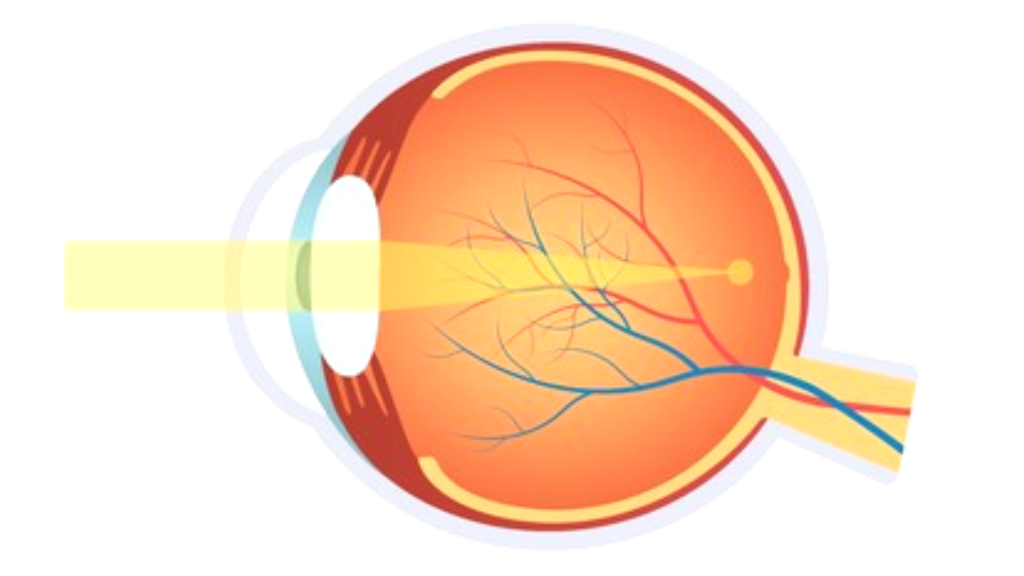
Hyperopia
Hyperopia, also called farsightedness, occurs when distant objects are easier to see clearly than nearby objects. If hyperopia is significant, vision may be blurry at any distance. Hyperopia occurs when light is refracted behind the retina instead of onto the retina. This may occur if the eyeball is too short or if there is too little curvature in the cornea.
Hyperopia can occur at any age. Some children have slight hyperopia that corrects itself by the time they are adolescents.
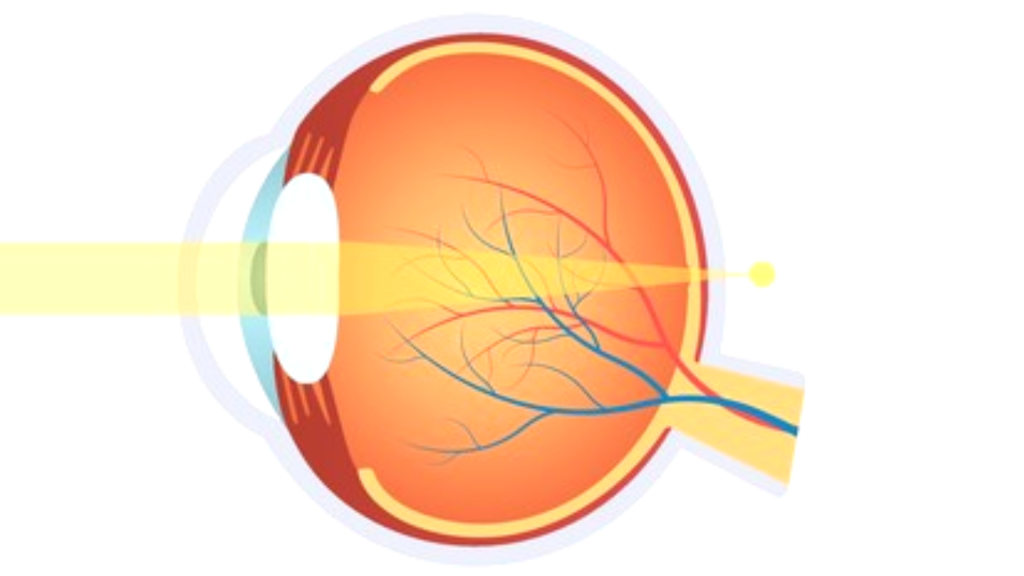
Astigmatism
Astigmatism is blurred vision caused by an unusually shaped cornea. In people with astigmatism, the cornea is shaped more like a football or an egg than a sphere.
Light that hits an eye with astigmatism is distorted and refracted to multiple focus points within the eye instead of on one focus point on the retina. Most of the time, people with astigmatism have difficulty seeing objects close up and far away.
There are two types of astigmatism: regular, in which the eyeball is not spherical but is symmetrical; and irregular, in which the eyeball is not spherical and not symmetrical. Regular astigmatism is much more common than irregular astigmatism.
Astigmatism may be present at birth and is often diagnosed in young children. It typically affects both eyes. Sometimes only one eye may be affected—for example, if an eye injury such as a cut or puncture causes scarring on the cornea. Astigmatism may also be caused by a condition called keratoconus, in which the cornea thins and begins to bulge outward.
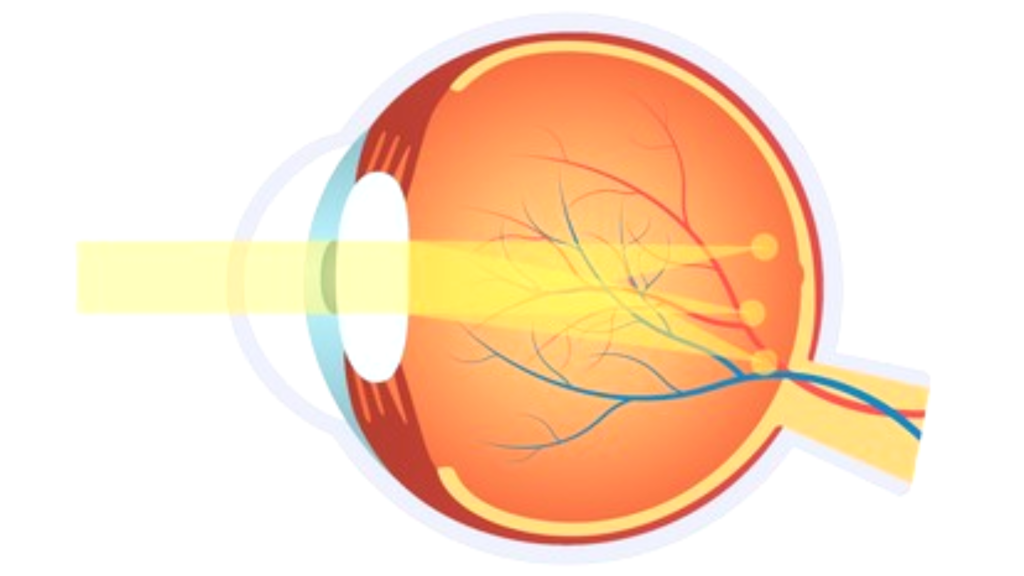
Presbyopia
As you age, you may notice that your ability to focus up close, especially while reading, worsens. Known as presbyopia, this happens to most people at some point after age 40 as the eyes’ lenses, which focus light, gradually lose their ability to adjust their shape to allow you to focus on near objects.
Presbyopia is not the same as macular degeneration, which is damage to a small spot, called the macula, located near the center of the retina. Macular degeneration typically occurs in people older than age 70 and causes blurriness in the central field of vision when you look at objects near or far. Presbyopia only affects the lens of the eye and causes the entire field of vision to blur when you try to focus on something up close.
Only a thorough examination by an ophthalmologist or optometrist can distinguish between typical age-related changes in the eye, such as presbyopia, and changes in vision related to macular degeneration.

